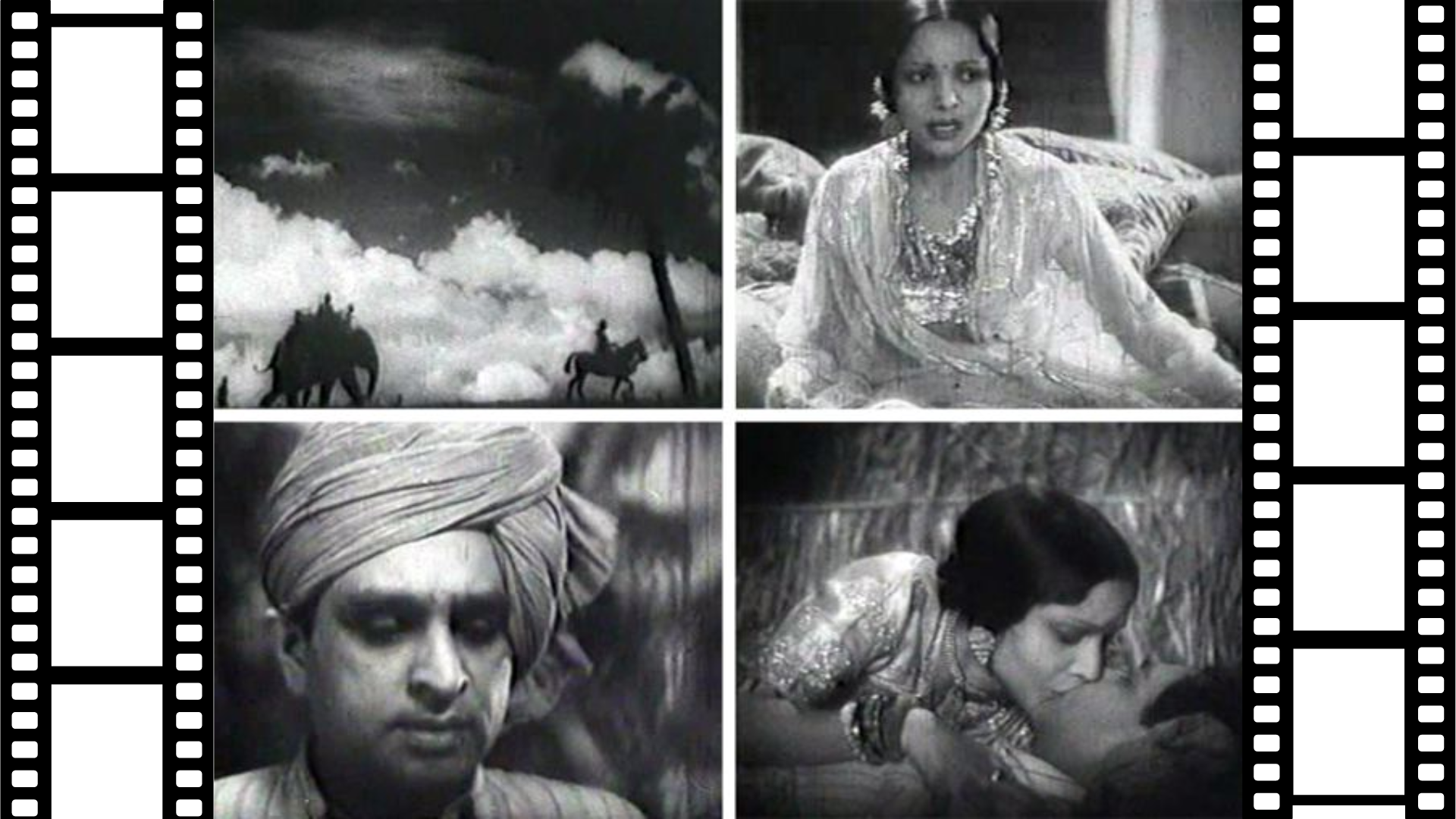Kissing Scene Controversy in Karma (1933) : A Pivotal Moment in Indian Cinema. In 1933, Indian cinema witnessed a groundbreaking moment with the release of Karma, directed by Himanshu Rai. This film starred Devika Rani, one of the first female icons of Indian cinema, and introduced a pivotal scene: one of the first on-screen kisses in Indian film history. Lasting about four minutes, this scene ignited a controversy that still resonates today.
The Scene That Shook India
The kiss in Karma lasted approximately four minutes, making it unprecedented for its time. In an era when societal norms dictated strict boundaries on public displays of affection, this scene boldly challenged conventional morality. Critics and audiences responded with mixed reactions. Some applauded the filmmakers for their courage, while others condemned the film for what they viewed as indecency. The backlash was swift, with conservative sections of society denouncing the film and calling for censorship.
The Cultural Context
To understand the significance of the kissing scene in Karma, we must consider the cultural context of 1930s India. The country existed under British colonial rule, and traditional values deeply permeated society. Depictions of love, especially physical expressions of love, often faced stigma.
Before Karma, Indian films largely avoided intimate scenes, opting for suggestion rather than explicit portrayal. The kiss in Karma not only challenged these norms but also reflected evolving attitudes toward love and relationships among the Indian populace. The 1930s marked a time of change, with Western cinema slowly influencing Indian culture.
The Impact on Indian Cinema
The controversy surrounding Karma did not deter filmmakers from exploring themes of love and intimacy. Instead, it opened the floodgates for more daring representations. The film’s bold move encouraged future filmmakers to tackle complex relationships and intimacy openly.
Despite the backlash, Karma set a precedent that influenced generations of filmmakers. It highlighted the importance of storytelling in reflecting societal changes, inspiring many to challenge norms and explore deeper emotional connections.
Devika Rani: A Trailblazer
Devika Rani’s portrayal of the female lead marked a significant milestone. She was not just a pretty face; she was a talented actress who brought depth to her role. Rani’s performance in Karma showcased a woman’s perspective on love, making her a pioneering figure in Indian cinema.
Her willingness to participate in a controversial scene illustrated her commitment to the art form. Rani became a major influence in Indian cinema, advocating for women’s representation and creative freedom.
Reactions and Censorship
The kiss in Karma spurred intense debates about censorship in Indian cinema. The Indian censorship board faced immense pressure to regulate content deemed inappropriate. This incident fueled discussions about artistic freedom versus societal values.
In the years that followed, the censorship board imposed stricter guidelines. The controversy surrounding Karma underscored the ongoing struggle between creative expression and societal expectations— a theme that remains relevant in contemporary cinema.
Legacy and Influence
Today, we remember Karma not just for its controversy but for its significant role in shaping Indian cinema. The film opened discussions about love, intimacy, and the portrayal of women on screen. It set the stage for future films to explore relationships more openly.
In modern Indian cinema, kissing and intimate scenes have become commonplace. Yet, the legacy of Karma reminds us of the challenges filmmakers face when daring to push boundaries. The film serves as a historical marker, illustrating the evolution of Indian cinema from conservative roots to a more open and expressive medium.
Conclusion
The kissing scene in Karma remains a landmark moment in Indian cinema. It challenged societal norms and sparked a debate that continues to resonate today. The film’s legacy is evident in contemporary cinema’s portrayal of love and intimacy. As filmmakers continue to push boundaries, they owe gratitude to pioneers like Himanshu Rai and Devika Rani, who explored the complexities of human emotions.
For more insights into cinema and its evolution, visit FilmsNminds.
Resources
- Censorship in Indian Cinema – Explore the impact of censorship: Censorship in Indian Cinema
- History of Indian Cinema – A comprehensive look at the evolution of Indian cinema: History of Indian Cinema
- Devika Rani: A Biography – Learn more about this iconic actress: Devika Rani Biography
What are your thoughts on the impact of Karma and its kissing scene? Share your views below!
#Kissingscenecontroversy #Karma1933film #DevikaRani #Indiancinemahistory #On-screenkissinginIndia #CensorshipinIndianfilms #Pioneeringmomentsincinema #ImpactofKarma1933 #Indianfilmindustrymilestones #HimanshuRaidirection






